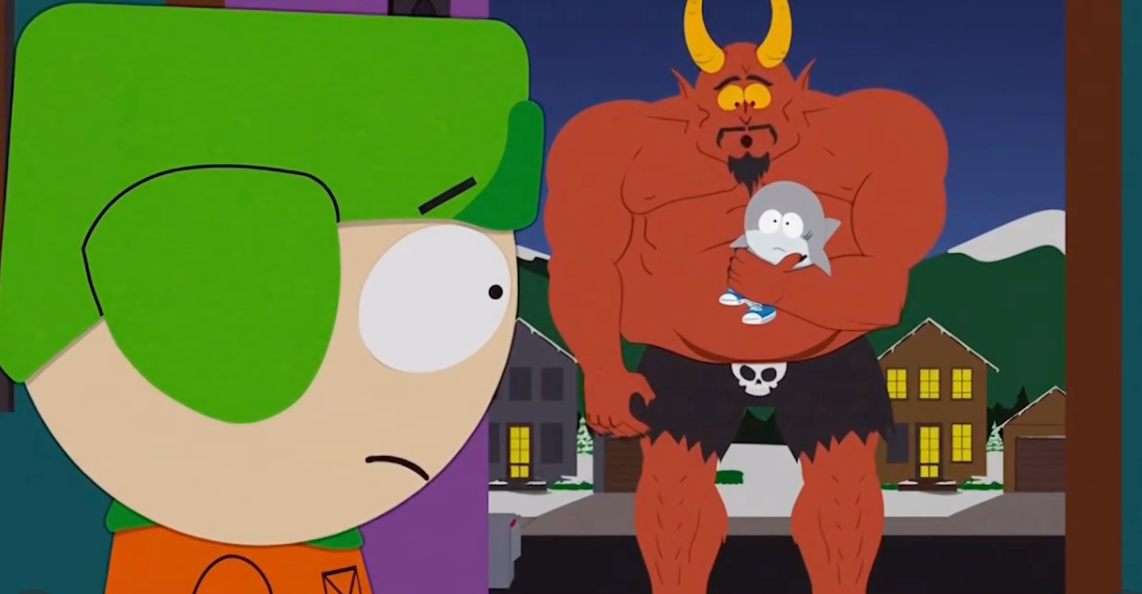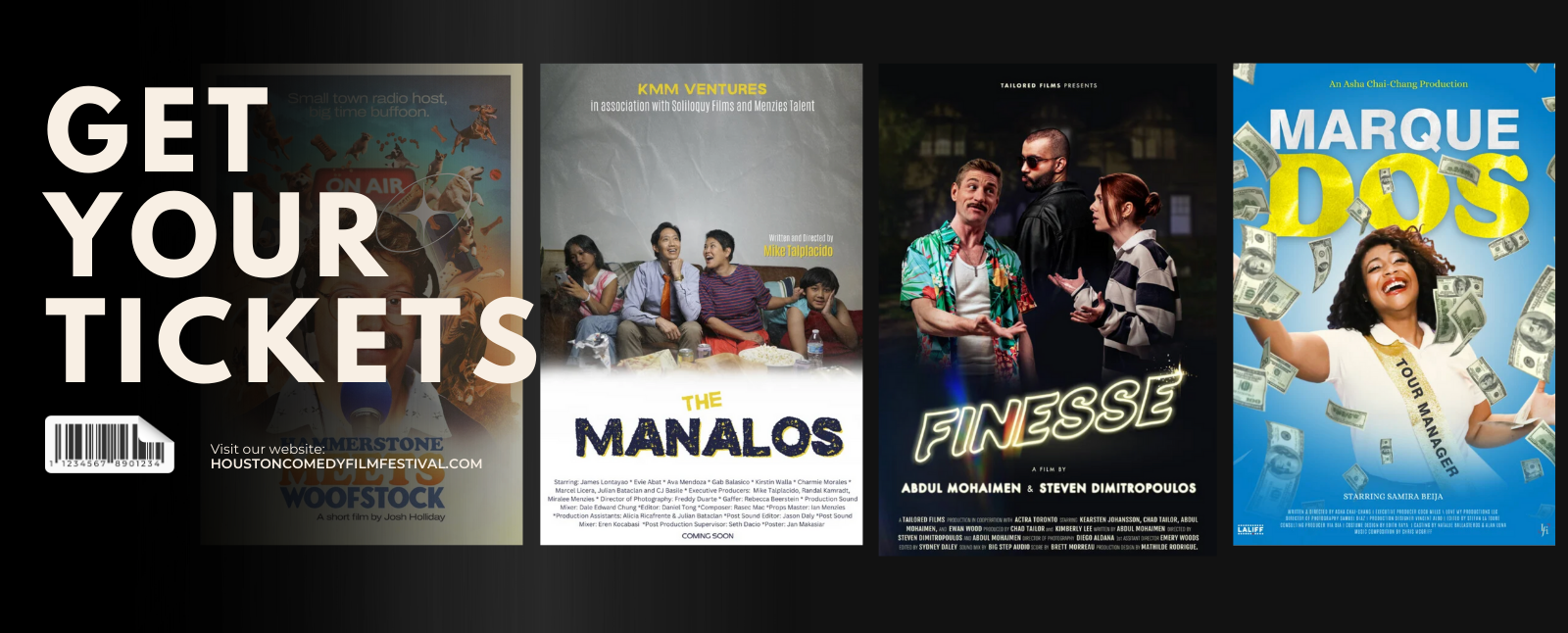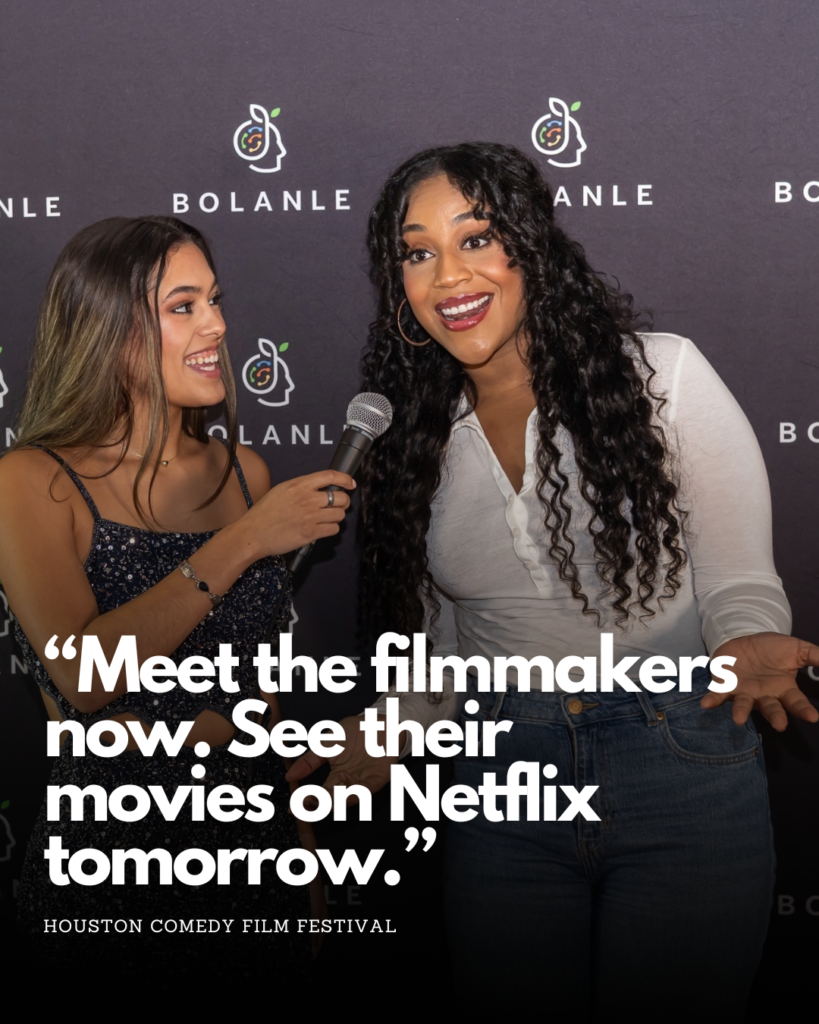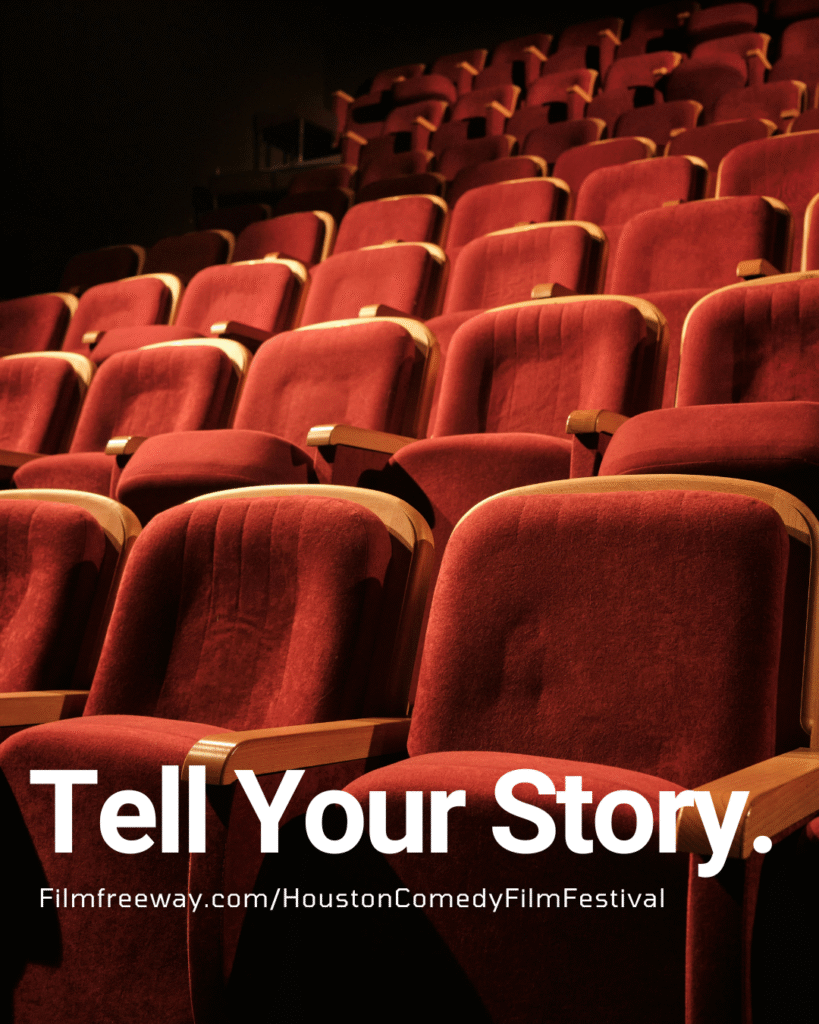Entertainment
Amy Schumer Doubles Down on Horrific Posts Amidst Israel Bombing of Gaza, Gets Called Out … on November 2, 2023 at 5:22 pm The Hollywood Gossip

In recent weeks, Amy Schumer has been saying some pretty repugnant things in defense of the horrific bombing of Gaza.
Stranger Things star Noah Schnapp took to the comments to cheer her on vs the “haters” who aren’t fans of massacring families.
Obviously, this is a huge disappointment to a lot of Schnapp’s now-former fans.
This is not a surprise to those familiar with Schumer’s history. Having bad takes and loudly doubling down is a huge part of her brand. But, even for her, some of these posts are unspeakable.
Amy Schumer speaks onstage during the 70th Annual Directors Guild Of America Awards at The Beverly Hilton Hotel on February 3, 2018. (Photo Credit: Kevork Djansezian/Getty Images for DGA)
Before we get into all of this, we can as briefly as possible discuss the terrible events that began nearly a month ago.
On October 7, Hamas — a polarizing militant organization that seeks to oppose rule by Israeli settlers — launched a brutal assault against countless Israeli citizens.
This was not a surgical strike at the IDF or any other military target. Attackers went after music festivals and other civilians. Though disinformation abounds, estimates say that more than a thousand people died, with hundreds of hostages.
Palestinian citizens inspect damage to their homes caused by Israeli airstrikes on October 10, 2023 in Gaza City, Gaza. Almost 800 people have died in Gaza, and 187, 000 displaced, after Israel launched sustained retaliatory air strikes after a large-scale attack by Hamas. (Photo Credit: Ahmad Hasaballah/Getty Images)
That is a harrowing situation. Hamas says that the attacks are retaliation against Israel’s apartheid regime, but children and other civilians are not responsible for their government’s crimes. Most of us do not know how far we might go if we were living under apartheid. Hopefully, we can all agree that targeting children is simply a line that we would not cross.
Ordinarily, this attack would be the primary focus of any and all discourse for weeks to come. However, Israel’s response to the attack was to begin a massive and seemingly indiscriminate bombing campaign against the civilians of Gaza.
Estimates over a week ago said that 8,000 Palestinians had died. Tragically, those numbers have certainly grown.
People sift through the smouldering rubble of buildings destroyed in an Israeli strike on the Bureij refugee camp in the central Gaza Strip on November 2, 2023. (Photo Credit: MAHMUD HAMS/AFP via Getty Images)
Previously, human rights experts referred to Israel’s apartheid treatment of Palestinians as “peacetime ethnic cleansing,” characterizing Gaza itself as an “open-air prison” where Palestinians suffered under Israeli occupation for the crime of being born in a country that someone else wanted.
Now, that has changed — because the “peacetime” line no longer applies. About half of the private residences and a series of hospitals in Gaza have been destroyed by Israeli bombings.
It is difficult to understand the pretext that these strikes are merely targeting Hamas. Particularly with thousands of children dead, and with members of Israel’s own government publicly declaring their intentions.
Palestinians gather in Ramallah in the occupied West Bank on October 10, 2023, to express their support for the Gaza Strip. Israel said it recaptured Gaza border areas from Hamas as the war’s death toll passed 3,000 on October 10. (Photo Credit: JAAFAR ASHTIYEH/AFP via Getty Images)
Both Hamas and the IDF have inflicted brutal violence, with innocent Israeli and Palestinian citizens slaughtered in the process. So why are people talking about one horrific atrocity more than another?
Maybe because one is ongoing. Maybe because the ongoing atrocity has claimed the lives of many more innocent victims. Or maybe because that’s also the side receiving money from the United States government as it continues its campaign of terror.
Or, if you ask some very out of touch people — like Amy Schumer — it’s another issue altogether.
Amy Schumer walks onstage at the #BlogHer18 Creators Summit at Pier 17 on August 8, 2018. (Photo Credit: ANGELA WEISS/AFP/Getty Images)
Following October 7, comedian Amy Schumer posted nearly 50 intensely pro-Israel messages to her Instagram feed.
Obviously, in the immediate wake of Hamas’ attack, that made sense and was not at all uncommon.
But many of her posts took aim at anyone advocating for Palestinian rights. Others went further, seeming to characterize the innocent victims in Gaza the way that disgraced former president Donald Trump discusses any demographic that he doesn’t particularly like.
Here it is. The first-ever mug shot taken of a former President of the United States. You’ve made history, Donald Trump. (Photo Credit: FULTON COUNTY SHERIFF)
Some of Schumer’s posts are so vile that sharing them would be in poor taste. One suggested that “Gazans rape Jewish girls.” She was sharing someone else’s post, a political comic suggesting that advocates for Palestinian rights are naive and possibly antisemitic.
Obviously, countless people responded to Schumer’s atrocious posts — after she turned comments back on, that is.
There’s actually a pretty useful Twitter thread on Amy Schumer’s responses and some of her deleted posts.
Amy Schumer posted a catch-all reply to criticisms of her abhorrent posts in October of 2023. This is Part 1 of her reply. (Image Credit: Instagram)
Now, we have to tell you that Schumer has insisted that she does not intend for her posts to be Islamophobic.
She says that she hopes that Palestinians have “freedom from Hamas,” and “safety for Jewish people and Muslims as well.”
Schumer insisted that she is not a proponent of the ongoing genocide of the Palestinian people. At least, she says that “saying I’m Islamophobic or that I like genocide is crazy.”
Amy Schumer posted a catch-all reply to criticisms of her abhorrent posts in October of 2023. This is Part 2 of her reply, where she seems to speculate on why people “really” don’t like her posts. (Image Credit: Instagram)
Of course, Schumer also seems to suggest that she believes that people condemning her for her posts simply dislike her appearance.
She also becomes defensive about her family ties to Senator Chuck Schumer, one of our government’s most infamously pro-Israel politicians. (Am I misremembering, or did it come up on the episode of The Good Wife where the Senator guest starred as himself?)
They are second cousins. Obviously, making statements in defense of an apartheid state’s war crimes against a captive civilian population is not genetic. It’s possible that they arrived at their dubious positions on this terrible conflict entirely separately. It happens.
After actress Asia Jackson tweeted about how people like Bella Hadid had to speak gently about Palestinian rights during the ongoing ethnic cleansing in October 2023, she made reference to Amy Schumer’s apparent characterization of Gazans as rapists. This resulted in a very messy DM. (Image Credit: Twitter)
Allegedly, Schumer got messy enough to DM people — including actress Asia Jackson — to confront her about merely commenting on her previous posts.
At one point, Schumer mischaracterized some of the words of Dr. Martin Luther King Jr. in an apparent attempt to defend the Israeli government’s actions. This resulted in a callout by none other than Bernice King.
Amy Schumer used a video of Dr. Martin Luther King Jr. discussing Israel. Bernice King responded with a quote-tweet, expressing confidence that her late father would call for an end to the bombing of Gaza. (Image Credit: Twitter)
When you post a video of MLK to support your view and his actual family calls you out on it, it’s probably time to pack it in. Or at least to cite another source.
That said, she probably should have reconsidered her position after writing “Islamic Jihad missile.” Or better yet, before! (But it’s never too late to start being a good person, fyi)
Unfortunately, Schumer is far from the only clown at this particular circus. Sarah Silverman said some atrocious things (even for her) last month. And actors like Criminal Minds alum Kirsten Vangsness and Stranger Things star Noah Schnapp decided to throw in their lots with Schumer.
Noah Schnapp encourages Amy Schumer to ignore the “haters” on Instagram. By “haters,” he means people expressing alarm and condemnation for her callous and bigoted posts during Israeli government’s bombing campaign in Gaza. (Image Credit: Instagram)
It’s not really a surprise to see so many bad takes. Political literacy in international matters is fairly abysmal, even in the United States.
And, to be fair, some of the people condemning Israel on social media are not doing it for the right reasons. Neo-Nazis have been attempting to co-opt the discussion, not because they see Palestinians as people, but because they hate all Jews and want to single out Israel’s current actions. (Obviously, Israel does not represent the global Jewish population, and even its own citizens have protested the bombings)
One of the hallmarks of proponents of genocide is sampling real wrongdoings by members of a group, then boosting these stories to justify the horrors that follow. This is as true of antisemitic fascists in America as it is of Netanyahu’s regime.
Amy Schumer Doubles Down on Horrific Posts Amidst Israel Bombing of Gaza, Gets Called Out … was originally published on The Hollywood Gossip.
In recent weeks, Amy Schumer has been saying some pretty repugnant things in defense of the horrific bombing of Gaza. …
Amy Schumer Doubles Down on Horrific Posts Amidst Israel Bombing of Gaza, Gets Called Out … was originally published on The Hollywood Gossip.
The Hollywood Gossip Read More
Entertainment
What We Can Learn Inside 50 Cent’s Explosive Diddy Documentary: 5 Reasons You Should Watch

50 Cent’s new Netflix docuseries about Sean “Diddy” Combs is more than a headline-grabbing exposé; it is a meticulous breakdown of how power, celebrity, and silence can collide in the entertainment industry.
Across its episodes, the series traces Diddy’s rise, the allegations that followed him for years, and the shocking footage and testimonies now forcing a wider cultural reckoning.

1. It Chronicles Diddy’s Rise and Fall – And How Power Warps Reality
The docuseries follows Combs from hitmaker and business icon to a figure facing serious criminal conviction and public disgrace, mapping out decades of influence, branding, and behind-the-scenes behavior. Watching that arc shows how money, fame, and industry relationships can shield someone from scrutiny and delay accountability, even as disturbing accusations accumulate.

2. Never-Before-Seen Footage Shows How Narratives Are Managed
Exclusive footage of Diddy in private settings and in the tense days around his legal troubles reveals how carefully celebrity narratives are shaped, even in crisis.
Viewers can learn to question polished statements and recognize that what looks spontaneous in public is often the result of strategy, damage control, and legal calculation.
3. Survivors’ Stories Highlight Patterns of Abuse and Silence
Interviews with alleged victims, former staff, and industry insiders describe patterns of control, fear, and emotional or physical harm that were long whispered about but rarely aired in this detail. Their stories underline how difficult it is to speak out against a powerful figure, teaching viewers why many survivors delay disclosure and why consistent patterns across multiple accounts matter.
4. 50 Cent’s Approach Shows Storytelling as a Tool for Accountability
As executive producer, 50 Cent uses his reputation and platform to push a project that leans into uncomfortable truths rather than protecting industry relationships. The series demonstrates how documentary storytelling can challenge established power structures, elevate marginalized voices, and pressure institutions to respond when traditional systems have failed.
5. The Cultural Backlash Reveals How Society Handles Celebrity Accountability
Reactions to the doc—ranging from people calling it necessary and brave to others dismissing it as a vendetta or smear campaign—expose how emotionally invested audiences can be in defending or condemning a famous figure. Watching that debate unfold helps viewers see how fandom, nostalgia, and bias influence who is believed, and why conversations about “cancel culture” often mask deeper questions about justice and who is considered too powerful to fall.
Entertainment
South Park’s Christmas Episode Delivers the Antichrist

A new Christmas-themed episode of South Park is scheduled to air with a central plot in which Satan is depicted as preparing for the birth of an Antichrist figure. The premise extends a season-long narrative arc that has involved Satan, Donald Trump, and apocalyptic rhetoric, positioning this holiday episode as a culmination of those storylines rather than a stand‑alone concept.
Episode premise and season context
According to published synopses and entertainment coverage, the episode frames the Antichrist as part of a fictional storyline that blends religious symbolism with commentary on politics, media, and cultural fear. This follows earlier Season 28 episodes that introduced ideas about Trump fathering an Antichrist child and tech billionaire Peter Thiel obsessing over prophecy and end‑times narratives. The Christmas setting is presented as a contrast to the darker themes, reflecting the series’ pattern of pairing holiday imagery with controversial subject matter.
Public and political reactions
Coverage notes that some figures connected to Donald Trump’s political orbit have criticized the season’s portrayal of Trump and his allies, describing the show as relying on shock tactics rather than substantive critique. Commentators highlight that these objections are directed more at the depiction of real political figures and the show’s tone than at the specific theology of the Antichrist storyline.
At the time of reporting, there have not been widely reported, detailed statements from major religious leaders focused solely on this Christmas episode, though religion-focused criticism of South Park in general has a long history.
Media and cultural commentary
Entertainment outlets such as The Hollywood Reporter, Entertainment Weekly, Forbes, Slate, and USA Today describe the Antichrist arc as part of South Park’s ongoing use of Trump-era and tech-world politics as material for satire.
Viewer guidance and content advisory
South Park is rated TV‑MA and is intended for adult audiences due to strong language, explicit themes, and frequent use of religious and political satire. Viewers who are sensitive to depictions of Satan, the Antichrist, or parodies involving real political figures may find this episode particularly objectionable, while others may view it as consistent with the show’s long‑running approach to controversial topics. As with previous episodes, individual responses are likely to vary widely, and the episode is best understood as part of an ongoing satirical series rather than a factual or theological statement.
Entertainment
Sydney Sweeney Finally Confronts the Plastic Surgery Rumors

Sydney Sweeney has decided she is finished watching strangers on the internet treat her face like a forensic project. After years of side‑by‑side screenshots, “then vs now” TikToks, and long comment threads wondering what work she has supposedly had done, the actor is now addressing the plastic surgery rumors directly—and using them to say something larger about how women are looked at in Hollywood and online.

Growing Up on Camera vs. “Before and After” Culture
Sweeney points out that people are often mistaking normal changes for procedures: she grew up on camera, her roles now come with big‑budget glam teams, and her body has shifted as she has trained, aged, and worked nonstop. Yet every new red‑carpet photo gets folded into a narrative that assumes surgeons, not time, are responsible. Rather than walking through a checklist of what is “real,” she emphasizes how bizarre it is that internet detectives comb through pores, noses, and jawlines as if they are owed an explanation for every contour of a woman’s face.
The Real Problem Isn’t Her Face
By speaking up, Sweeney is redirecting the conversation away from her features and toward the culture that obsesses over them.
She argues that the real issue isn’t whether an actress has had work done, but why audiences feel so entitled to dissect her body as public property in the first place.
For her, the constant speculation is less about curiosity and more about control—another way to tell women what they should look like and punish them when they do not fit. In calling out that dynamic, Sweeney isn’t just defending herself; she is forcing fans and followers to ask why tearing apart someone else’s appearance has become such a popular form of entertainment.












